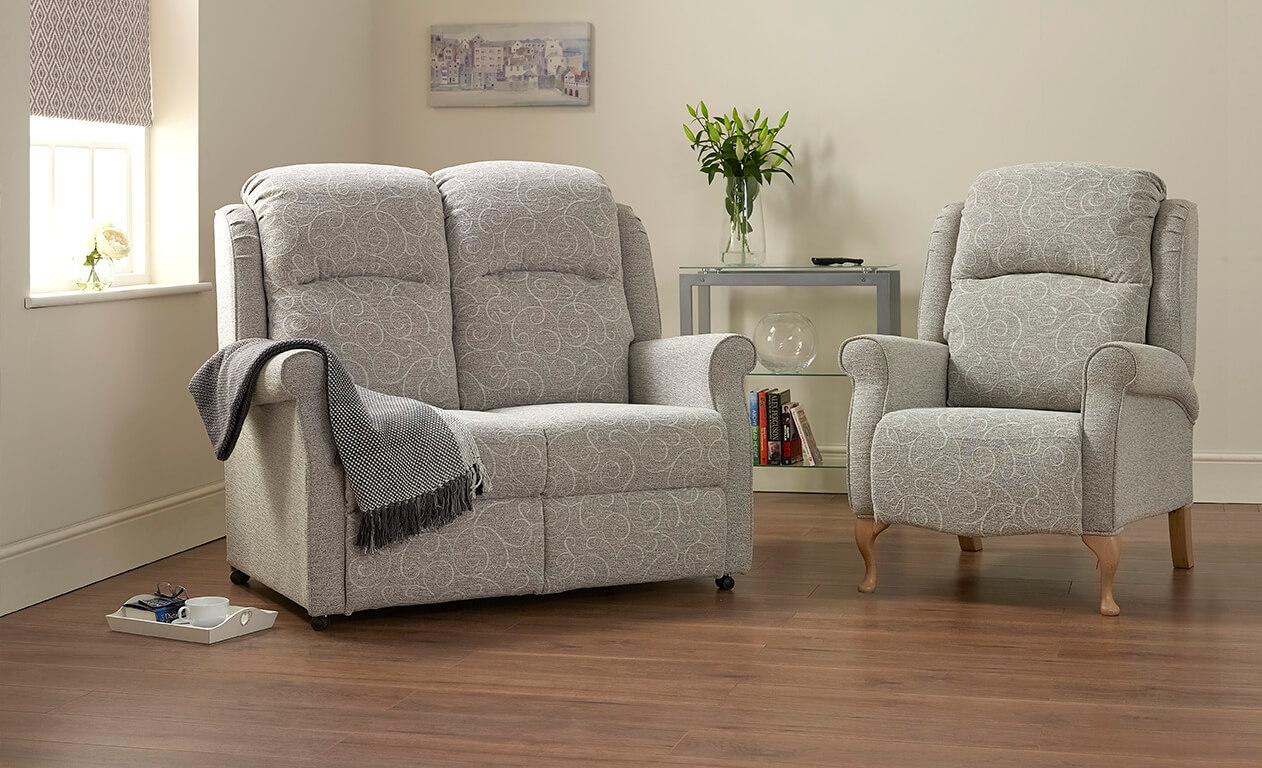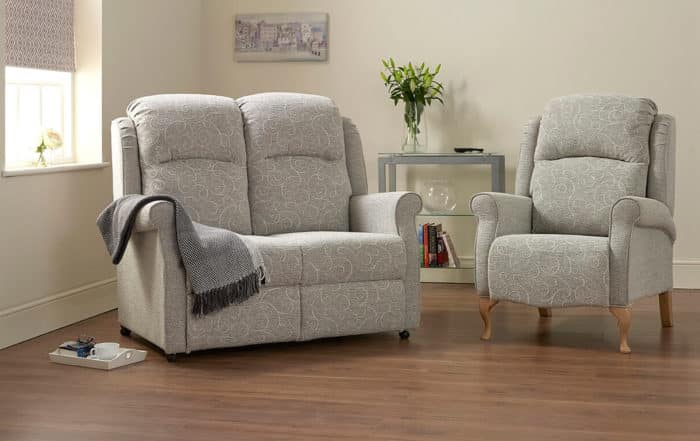Best Duvets to Keep Warm This Winter
Social Links
There are lots of events and traditions to look forward to in winter – craft fairs and markets, mulled wine and hot chocolate and reading a book by the fire. It’s all about holing up and keeping warm until spring comes around again. During the day, we can rug up with plenty of layers or even do some exercise to keep our temperature up. At night, it’s a bit trickier, as we need to create an environment that will keep us warm for several hours, even when our body temperature drops.
Getting a good night’s sleep is essential in winter, as there’s less sunlight to perk us up, and fatigue can affect our body’s ability to maintain its temperature. Being cold in bed can make this almost impossible, and with energy prices rising it’s more important than ever to invest in ways of keeping warm that don’t use an ongoing energy supply. Fortunately, an easy and effective way to do this is to invest in a good quality, high tog winter duvet.
What is a tog rating?
A duvet’s tog rating indicates its ability to trap air and retain heat. The standard scale ranges from 1 to 15, and the higher the rating the warmer it will be. Anything up to 7.5 is considered lightweight and ideal for summer, while duvets rated between 7.5 and 10 are best for spring and autumn.
For winter, the warmest duvets are rated between 10 and 15. If you have a warm house, share a bed or tend to overheat at night, then you probably won’t need to go higher than around 13.5. However, if you feel the cold or want maximum heat retention from your quilt – so you can turn the heating down, for example – then you can go all the way up to 15.
Best types of winter duvets
After the tog rating, the next factor to consider in your new duvet is the material, as your choice may also depend on its weight, washability or whether it’s natural or synthetic. Your budget may also be a factor; duvets can range from as little as £20 up into the hundreds. Generally, its quality and longevity will be reflected in the price, so get the best duvet you can afford. The most common duvet fillings include:
Feathers and down: duck and goose feathers are among the warmest duvet materials because they are naturally good at trapping air. The duvet may be filled with feathers, down, or a combination of the two, usually with a cotton outer layer. Down is warmer, but feathers are heavier and more robust, so better if you prefer a bit of weight to your blanket. Down and feathers are animal products, so if you’re going for this filling make sure it’s made to EDFA and Downpass Standards. Keep in mind also that down and feather duvets usually need to be dry cleaned.
Silk: a great natural material for people with allergies and anyone who tends to overheat, as it’s lightweight and has natural thermal regulating properties, although it is another animal product. Silk is a great practical choice as it can usually be machine washed and even tumble dried – although be sure to check the label first. Note that silk duvets aren’t measured by tog; instead, they’re measured in grams of silk per square metre (gsm). For winter, look for a gsm of around 600.
Wool: another natural animal product, wool is hypoallergenic and a great heat retainer. Unlike other materials it can wick away excess heat and moisture, making it a great choice for anyone who sweats a lot at night. Wool is naturally hardwearing and robust but doesn’t like getting wet so machine washing is not recommended. However, because wool is naturally antibacterial, airing it outside every couple of months will usually keep it nice and fresh.
Bamboo: bamboo is not as common as other materials but is a great choice for anyone who wants a natural material without using animal products. It’s often used in combination with other materials such as cotton. Bamboo is naturally breathable and lighter than other fabrics and is usually washable as well.
Microfibre: microfibre is a synthetic fabric made from polyester and polyamide, which is a kind of plastic. Extremely soft and absorbent, microfibre is super comfortable and ideal if you overheat and sweat. It is machine washable, dries quickly and is non-allergenic and light, so is a good choice if you don’t like too much weight on your duvet.
Hollowfibre: a synthetic material made of polyester, spun into hollow fibres to trap air and retain heat. Hollowfibre duvets are thicker and wirier than microfibre options but are also anti-allergenic, machine washable and hard wearing, so they should last a long time. Generally, synthetic materials are more budget-friendly than natural ones – however, as plastic materials, they won’t biodegrade as natural materials will.
The best king size duvets
When you’re choosing a winter duvet for a king-sized bed, be sure to check your measurements as companies that make bed linen don’t always use the same measurements as mattress manufacturers. You might also prefer a duvet that’s slightly bigger than your bed if you like a bit of extra material to curl up in.
If you share a bed, then the best duvet for you may be one with thermal or moisture-wicking properties – although some mattresses, such as latex and GelAir, will also do this. Many manufacturers make dual-tog duvets with different ratings on either side – perfect if you and your partner prefer different warmth levels.
Bedding for adjustable beds
Most duvets are flexible enough for an adjustable bed, although you might prefer a slightly bigger size to prevent it from falling back when the feet are raised. You could also use a throw to tuck it in and trap some extra heat. If it’s going on a sofa bed, then a thinner, flexible material such as microfibre might be a better choice, so it can be folded up with the bed or stored away without taking up much space.
A more important consideration will be the needs of the person using the bed. Wool is a good option for a high-care patient because of its antibacterial and heat-regulating properties, especially if the person can’t adjust the blanket themselves. On the other hand, an easily washable fabric might be more appropriate. In the case of a dual bed with independent motors, consider using two singles rather than one king size duvet, so that each partner can choose their material and tog level. They can also adjust their side of the bed without pulling the blanket off the other.
The bottom line
At the Mobility Furniture Company, we know that the best way of getting a good night’s sleep is to be comfortable… and that means being nice and warm. Fortunately, there are plenty of ways to stay cosy without using much energy, and one of the best is to invest in a good quality winter duvet that will take advantage of a natural, ongoing heat source – your body warmth. Combine it with a heat-retaining mattress, like memory foam, and you’ll be toasty warm all night and ready for a day filled with winter wonders.
*This website contains general medical information. The medical information is not advice and should not be treated as such. Read our full Medical Disclaimer here.



